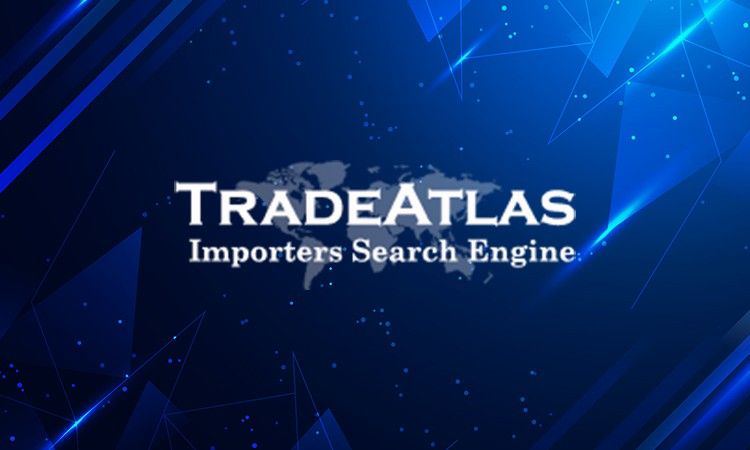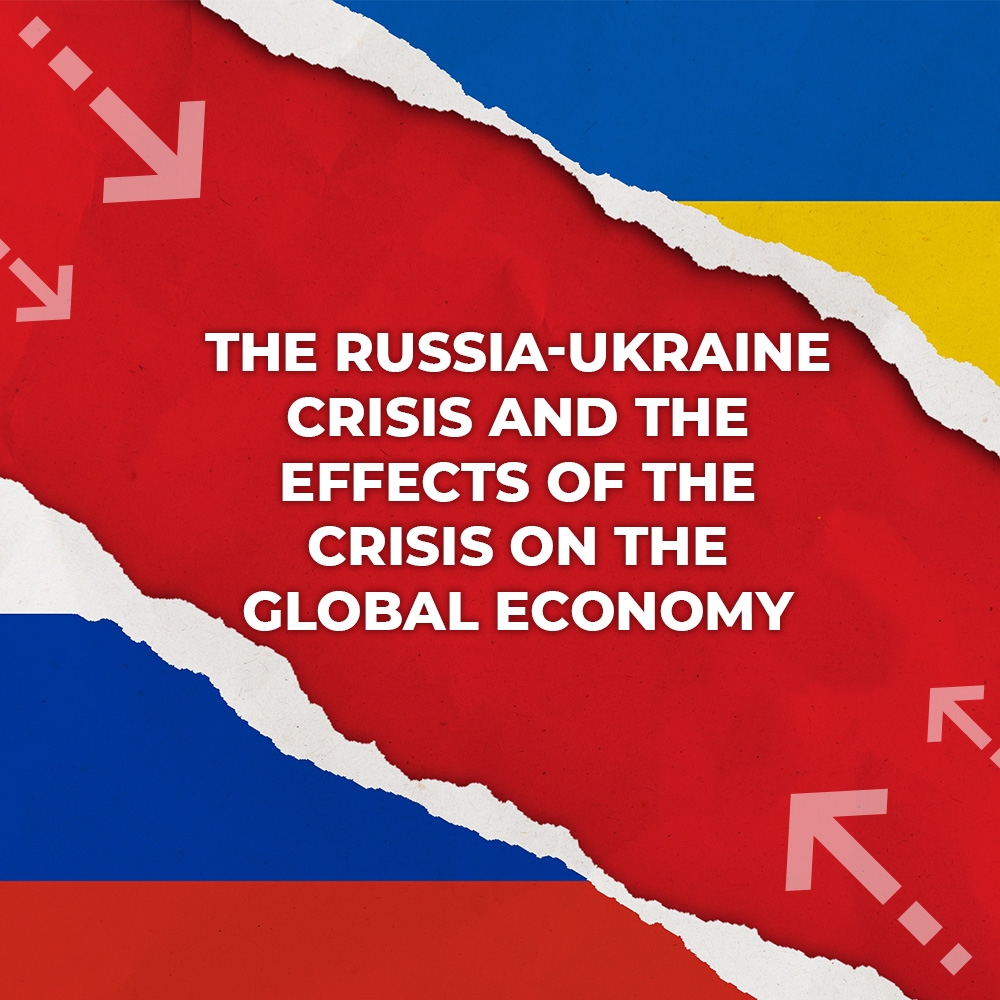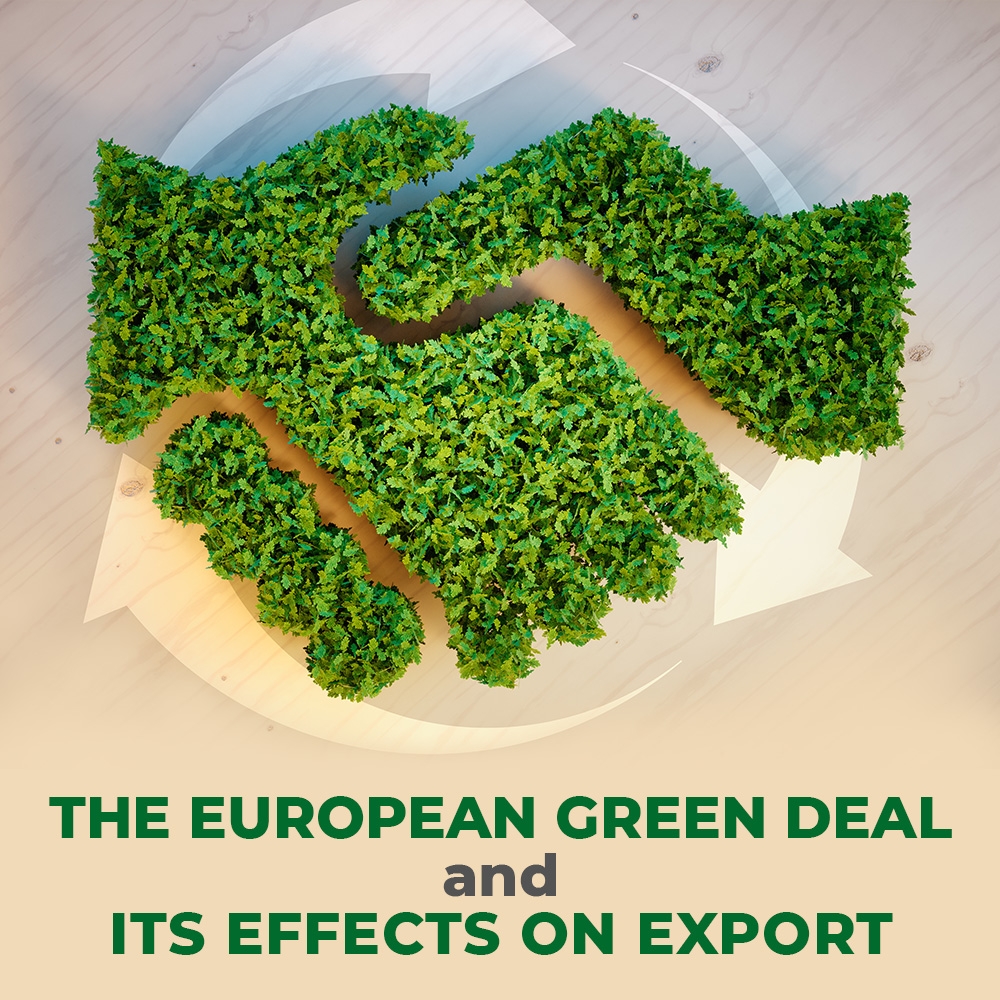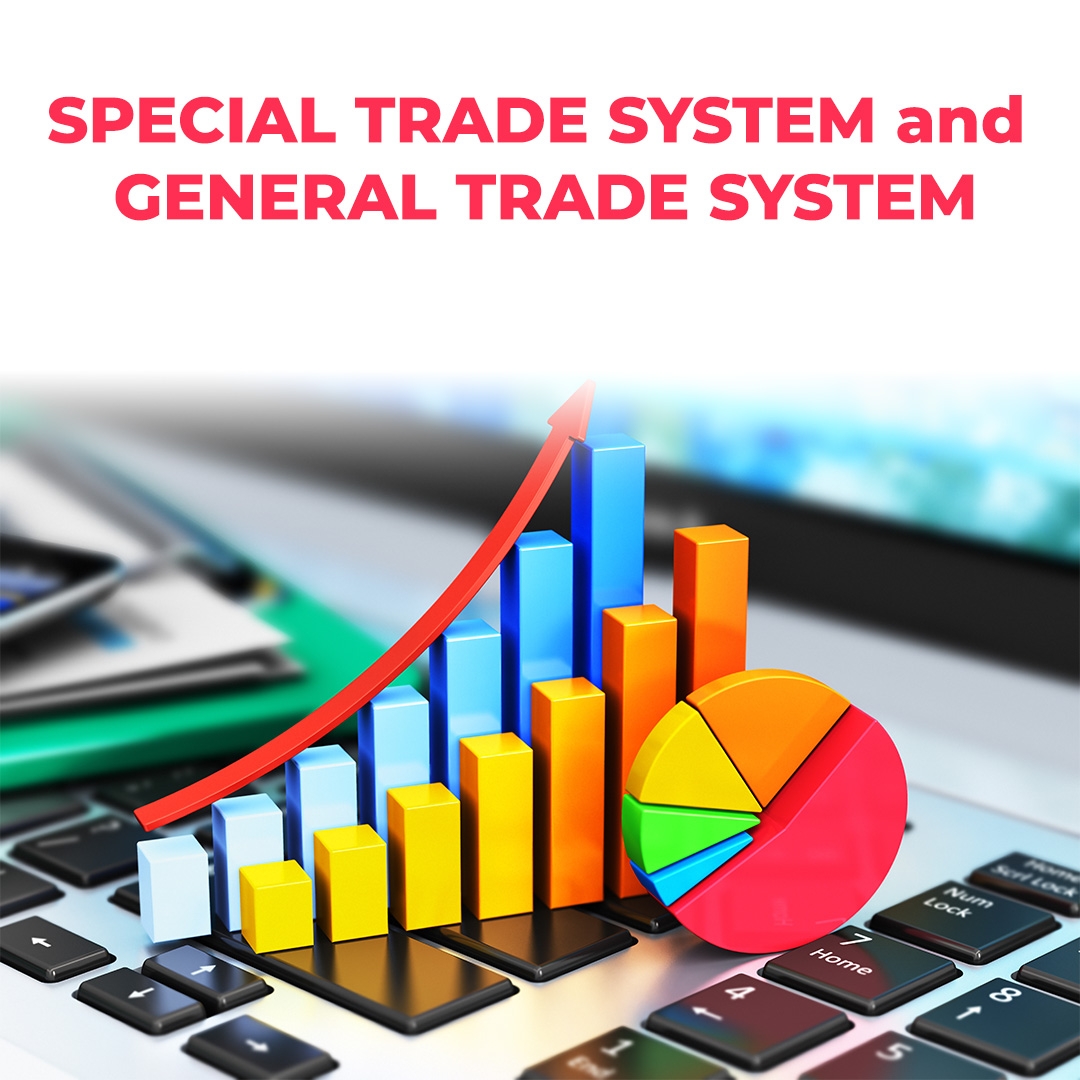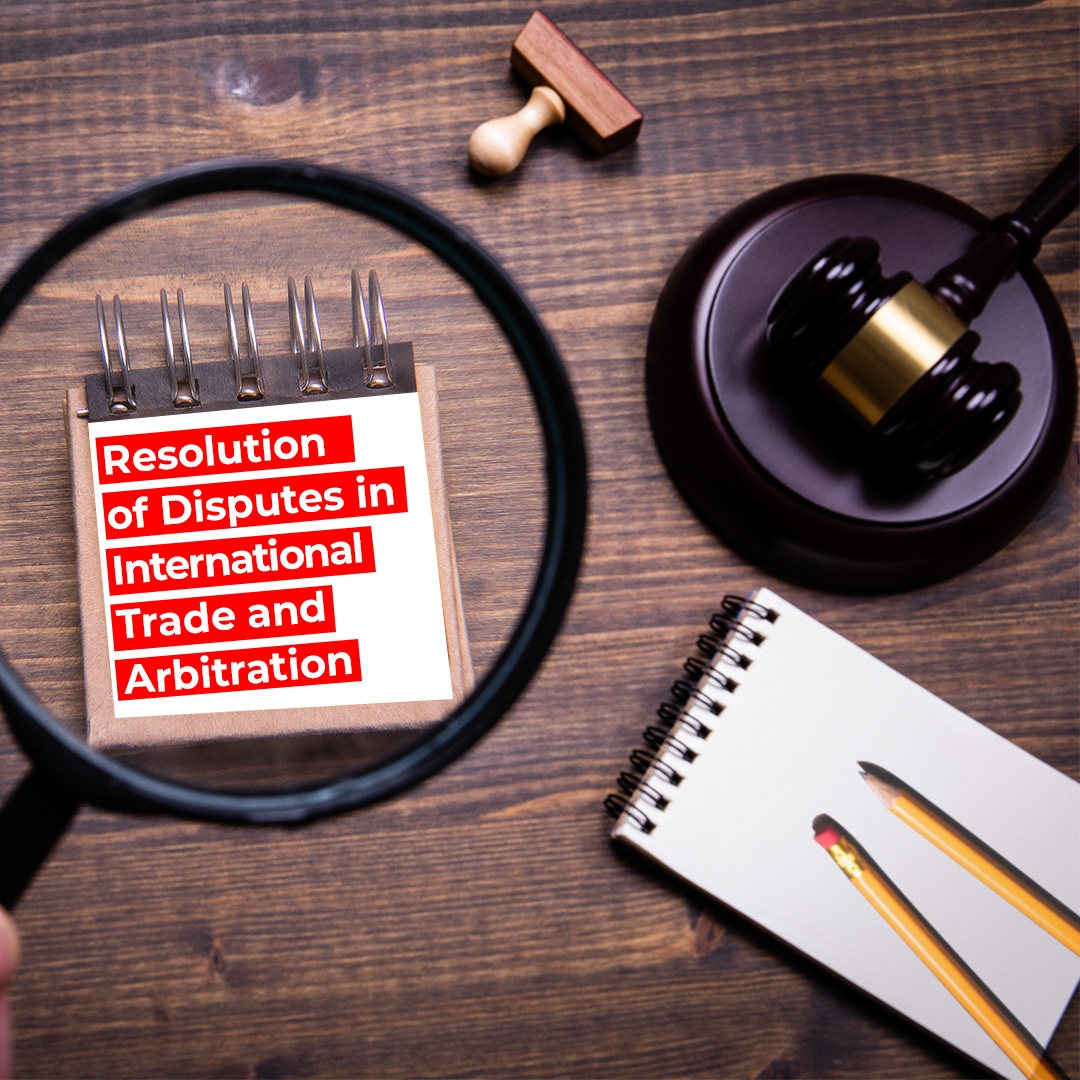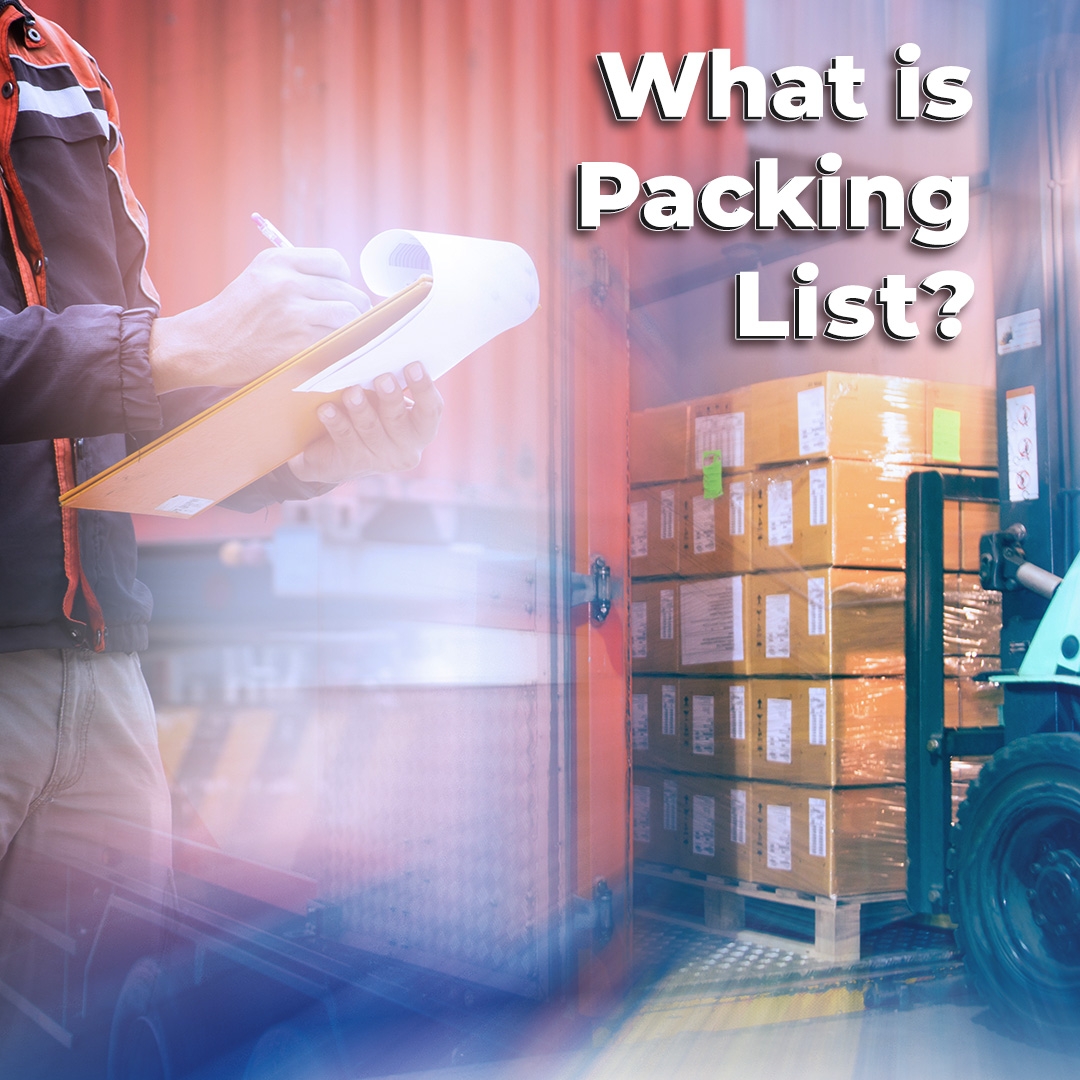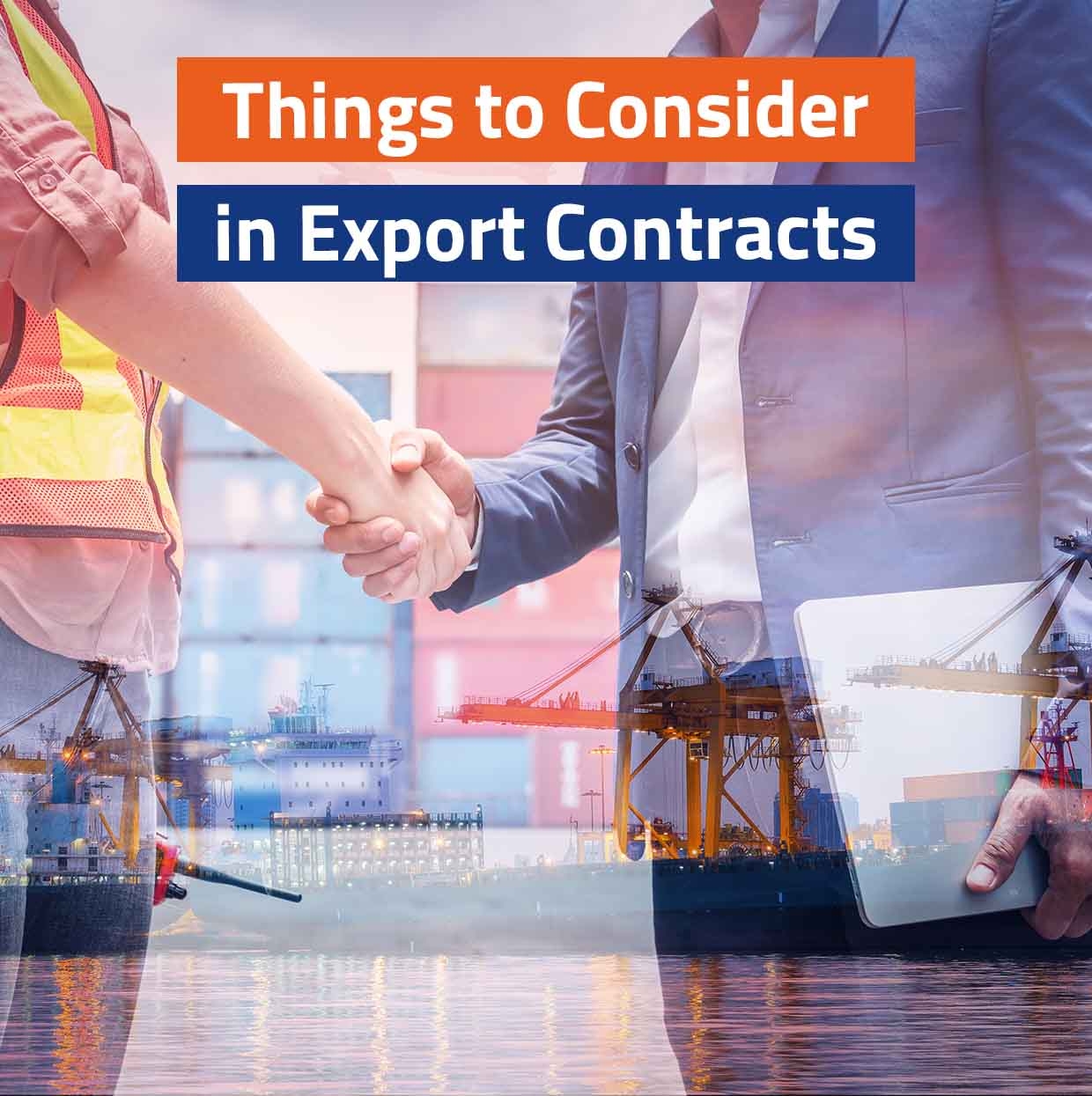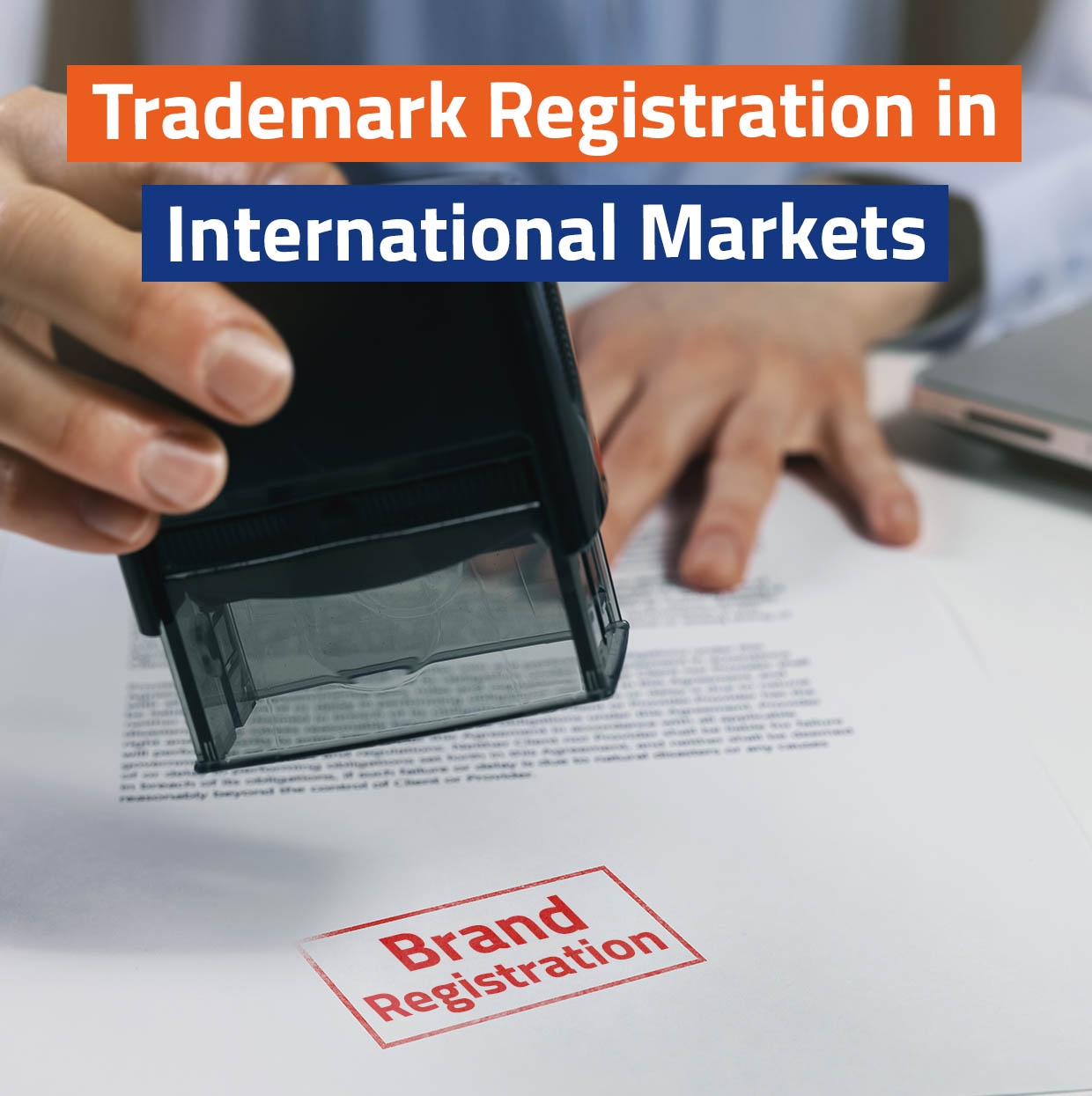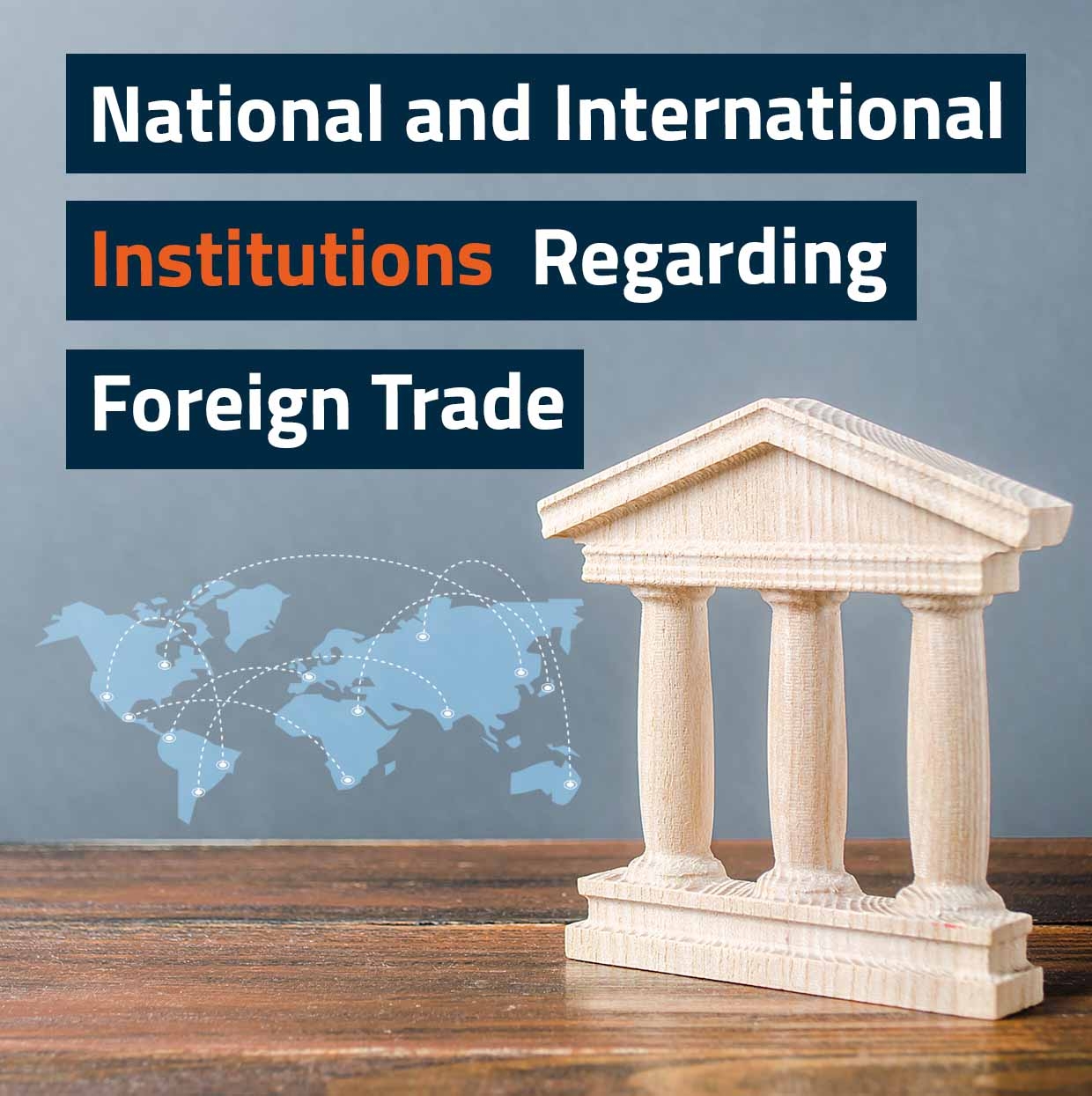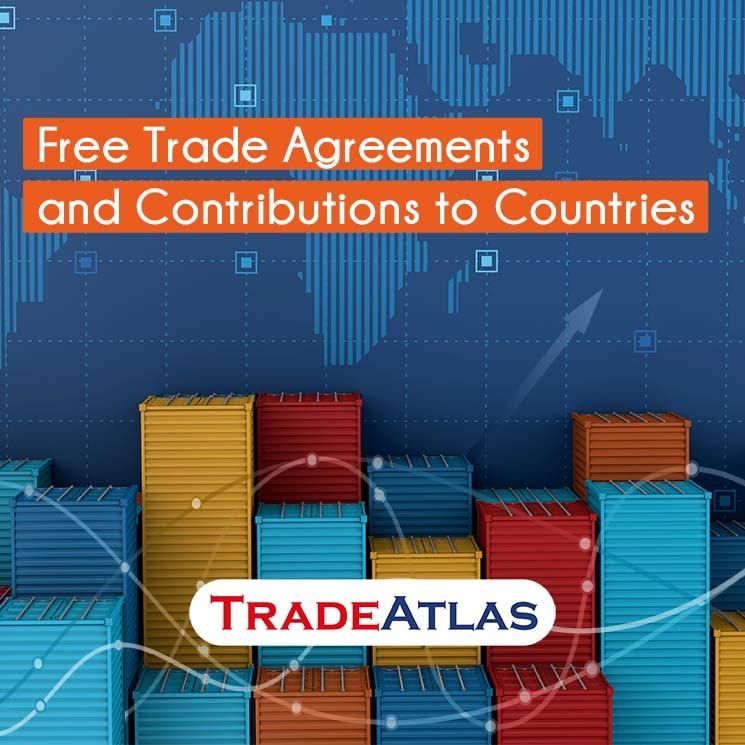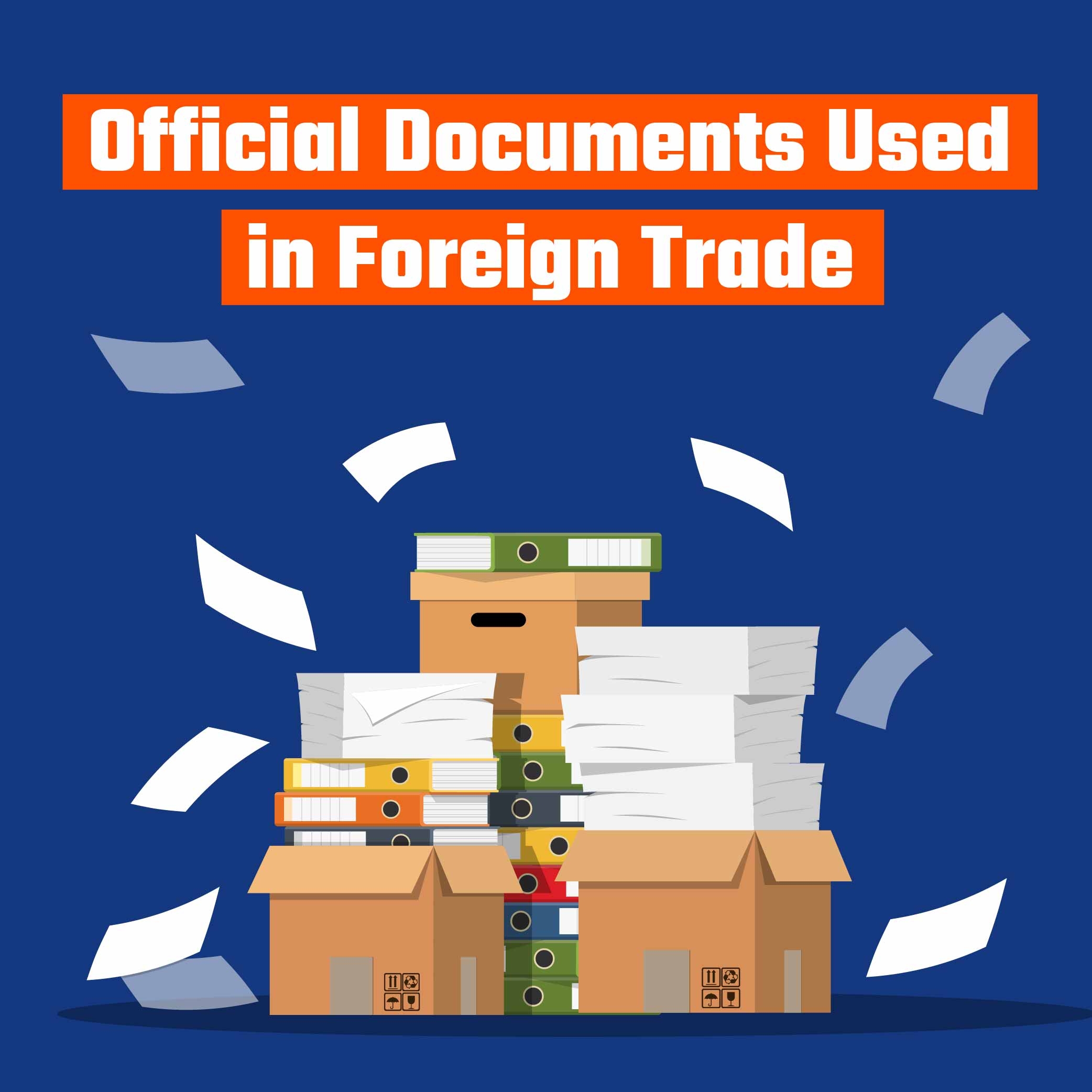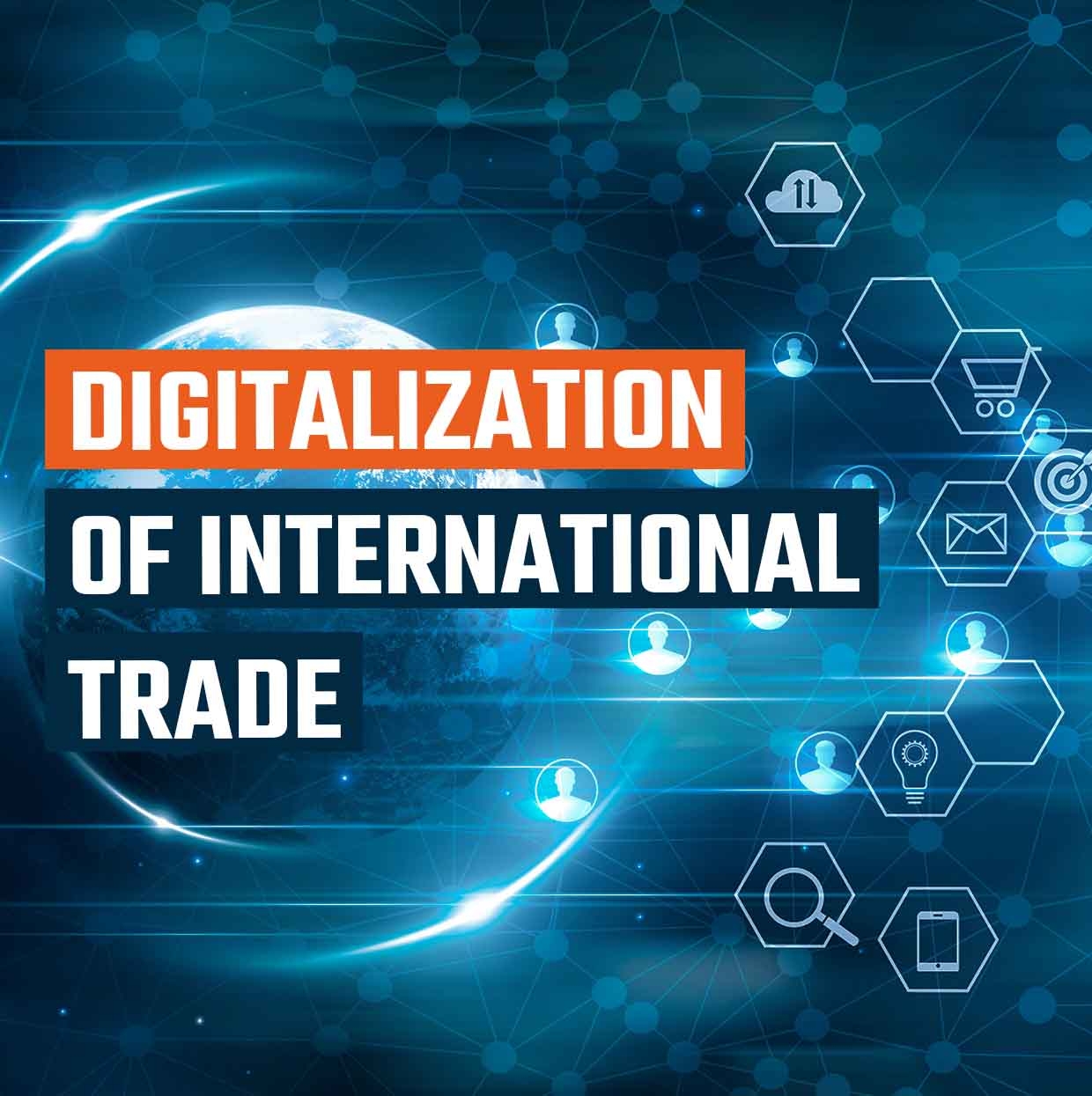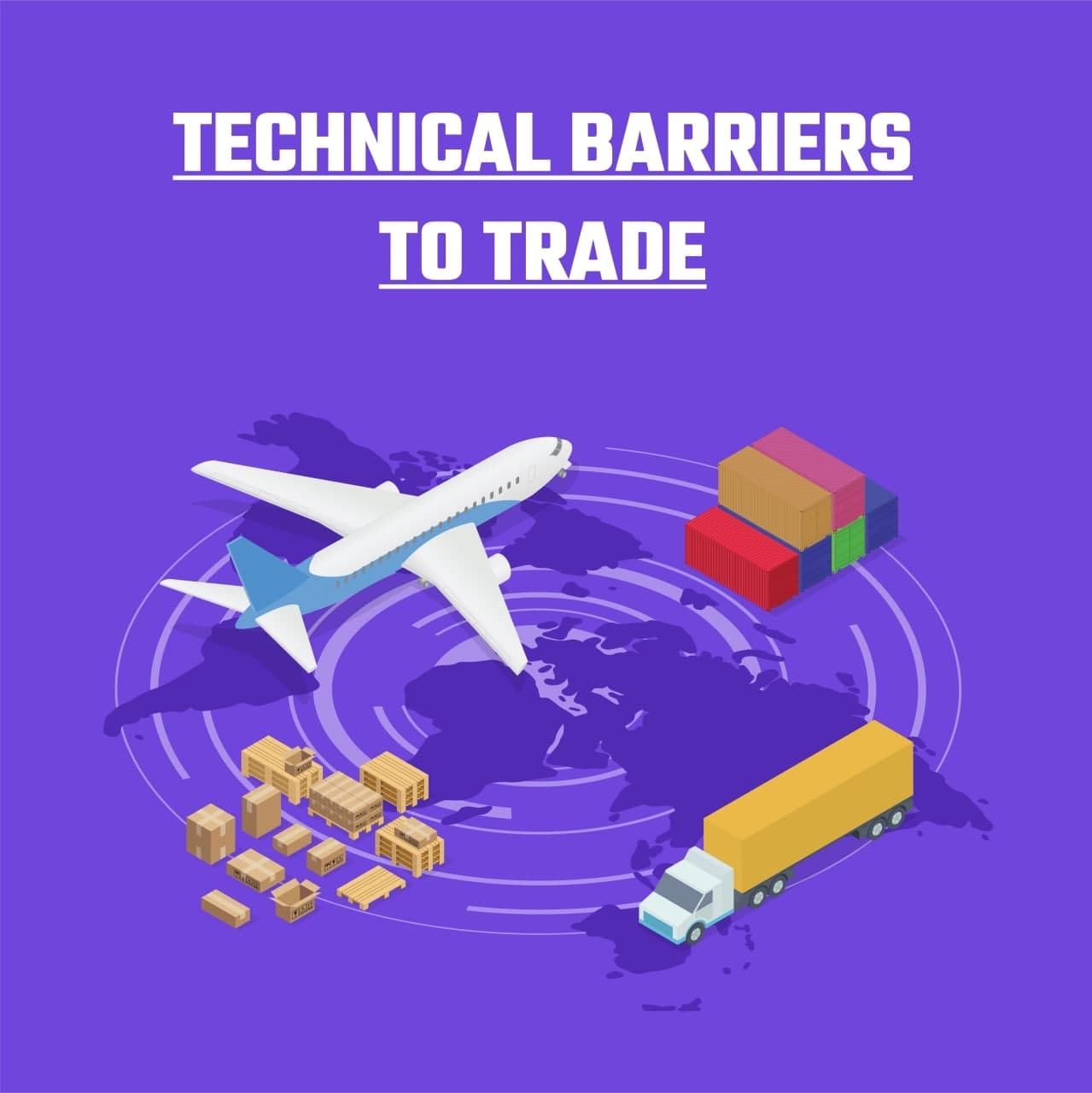The
European Green Deal and Its Effects on Export
What is
the European Green Deal?
Global warming, climate change and greenhouse gas
emission issues have become a global agenda item especially since the 1990s.
Within the scope of combating these problems, many studies are carried out at
the regional or international level.
The linear economics idea of 'buy-build-use-throw'
is one that cannot be sustained anymore. This idea, which started in the
Industrial Period and progressed strongly until today, is in conflict with the
idea of a clean environment. We see that moving to a circular economy is most
beneficial for our environment, and many countries adopting this approach. The
circular economy is an approach that aims to keep the use of materials to a
minimum in areas such as production and consumption, increases reuse, and
includes recycling.
The Paris Climate Agreement was signed in 2015, and
almost all of the countries in the world have made some commitments to reduce
greenhouse gas emissions and global warming. In this sense, the European Union
(EU) is the leader that encourages other countries.
The main purpose of the consensus is to create a
cleaner and more sustainable world. It also includes the steps to be taken for
this. With this agreement, the EU aims to reduce greenhouse gas emissions to
net zero by 2050, not to depend on any source in economic growth, and to
develop not only a country or region, but the whole world as a whole.
Who Was
Affected by the Green Deal?
This agreement is of great importance not only for
EU member states, but also for all countries that have political, economic and
geographical relations with the EU. Public and private sector organizations and
those published in international organizations fall within the scope of the
agreement. The European Green Deal regulates the EU's relations with all other
states, institutions and organizations.
Businesses that cannot meet the necessary criteria
will not be able to enter the EU market. This means that companies that sell
products mainly to EU countries will terminate their export activities if they
do not take the necessary actions. Because, the agreement brings common
criteria for all products and services with commercial value, not a specific
product or product group like the regulations implemented in the past.
What
changed after the Green Deal?
One of the most important issues in the European
Green Deal is Carbon Border Adjustment Mechanism which refers to pricing, in
other words taxation, of carbon in products exported to the EU in order to
reduce greenhouse gas emissions.
With this regulation, the EU transfers its
responsibility for reducing carbon emissions to its commercial stakeholders and
tries to ensure that they adopt it. Companies, public and private sector
organizations that escape this responsibility will have to withdraw from the EU
market.
No company will be able to pass through customs as
easily as before, especially chemical-based food, medical, cosmetic products,
electrical appliances and personal protective products.
On the other hand, it aims to make radical changes
in consumer and business behavior. It is now inevitable for companies to turn
to sustainable products and investments in order to stay in the EU market and
increase their market share. The EU uses pricing instruments such as taxes to
ensure this in the new economic order and works to keep the balance in the
market stable while reaching the final climate targets.
How Does
the European Green Deal Affect Trade?
EU has world’s largest export market with 80
countries. A large part of both import and export activities are carried out
with EU countries which is 16%. EU has a great impact on other countries
through trade. Thus, non –EU coutries need to read the memorandum well and
correctly in order to keep their relations with the European Green Deal strong
and sustainable. EU plans to carry out all import and export activities within
a new international trade in a new environmental system in short time. EU helps
third countries to develop their socio-economic situation and attain the 2030
Sustainable Development Goals (SDG).
Effects of
the Green Deal on Exports?
The lack of information access is expected to
continue for 2 more years which will cause problems for both in EU and non-EU
companies. Cost of modifying production environment, adapting new technologies
and systems will increse after the European Green Deal (EGD).
The first rule to be brought to prevent carbon
emissions is to narrow down the production areas that cause this to a high
degree. That is, sectors that require high energy are affected. In response to
this, the projection of the European Commission is that carbon leakage at the
border may occur in some production areas by 2030. These areas include coal, iron-steel,
aluminum and cement, textiles, chemicals, synthetic rubber, glass and glass
products, ceramics, paper pulp and some agricultural products.
Companies can adapt to the new system more easily
by taking steps to reduce carbon emissions in production areas with individual
investments. Different steps such as investments that will reduce emissions,
investments that aim to use other types of energy, and the use of electric
vehicles in production areas will make it easier for companies to adapt. However,
if we look at the cost situation of these investments, we will see that they
have high additional costs.
The "New Climate Regime Report Through the
Lens of Economic Indicators" published by the Turkish Industrialists' and
Businessmen's Association stated the additional costs incurred in exports as
follows:
1. If the carbon price per ton in the European
Union is 30 Euros, the carbon bill at the border is 478 million Euros. When
other goods used in production are added, this fee increases to 1085 million
Euros.
2. In the case of a carbon price of 50 euros,
together with the Border Carbon Regulation (SKD) in the EU, emissions from
final goods are 797 million euros. When other goods used in production are
added, this fee increases to 1809 million Euros.
3. The additional amount to be paid by the
exporting companies if they do not take these situations into account and
continue to produce carbon (depending on whether the carbon fee is 30 or 50
euros per ton):
·
In the cement
industry it is 13.2-22 percent
·
Iron and Steel
it is 1.7-2.8 percent
·
Chemical
industry it is 1.1-1.9 percent
·
Automotive
industry it is calculated as 0.7- 1.2 percent
The burden of these costs is not decided to whom it
will be given on but this may end with high production costs.
EU-based companies will get subsidies and R&D
programmes from EU and will adapt earlier than other companies while
colloboration with other countries is necessary and it is the plan of EGD.
Green
Reconciliation Working Group's guidelines for working principles
The steps that Turkey should take into account are
to maintain and improve its competitiveness in the EU market. As long as the
right steps are taken, it is possible to increase its market share. To support
this, a Working Group was formed under the leadership of the Ministry of
Commerce and a comprehensive plan was prepared, the "Green Reconciliation
Action Plan". This plan is a plan that aims to progress in line with
Turkey's previous purpose and target. These are a plan that aims to reduce
ecological scarcity by using resources efficiently and aiming at sustainability
without disturbing the environment.
At the first stage, the Action Plan team aims to
deal with companies specifically and eliminate these effects due to the adverse
effects of the SKD system on exporting companies.
After the adoption of the directive, specialized
work teams will be established in industrial areas such as recycling after use,
investments supporting this transformation, environmentally friendly energy,
transportation use, sustainable agriculture, steel, textile, aluminum, cement,
and studies will be started for the realization of relevant actions.
Afterwards, project proposals, financing and legislative needs will be
determined.
It is very easy to
reach importers and exporters all over the world directly with TradeAtlas!
TradeAtlas is a global importer and exporter search engine that contains 1.8
billion bills of lading and shipment details data of 20 million importer
companies in more than 230 countries around the world. TradeAtlas is with you
to accompany you in taking steps towards becoming a more important part of
global trade! To become part of the global ecosystem, you can register and
search for free by clicking here.


